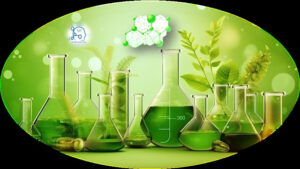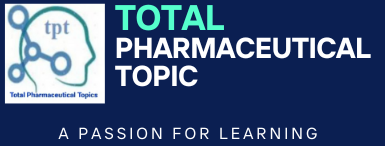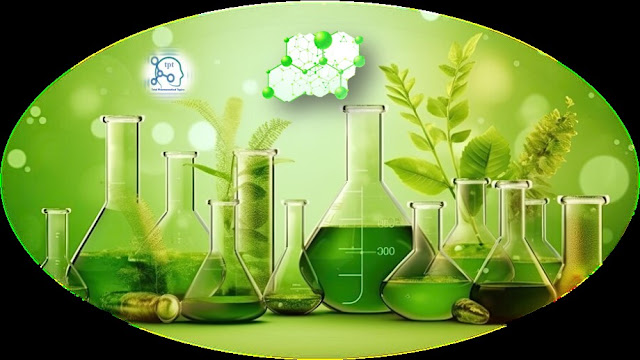The concept of Green Chemistry accepted by the
scientific community, the technical Green Chemistry evolution is yet to achieve
with the appropriate attention and effort which only possible through education
and awareness. Green Chemistry has the potential to transform
the pharmaceutical industry and drug manufacturing in the future. It
provides benefit both environmentally and economically. It will result in
transforming the traditional pharmaceutical industries into sustainable ones
and sustainability of
the environment.
So in this article we will
try to understand the green chemistry for its concept, definition and the green
solvent.
What
is GREEN CHEMISTRY?
Green Chemistry is a
concept, which is focused on environment safety in order to ensure that the
surrounding environment is free from hazards. Under this concept / branch of
chemistry we are able to develop chemical processes and earth-friendly products
that will prevent pollution in the first place.
It is nothing but an
approach to chemical research & production; which targets to design
products and processes. It minimize the use and generation of hazardous
substances, also known as sustainable chemistry.
 |
| Green Chemistry in Drug Substance Synthesis |
Definition of green chemistry;
It is defined by EPA (United States of Environmental Protection Agency) as “Green chemistry is the design of chemical
products and processes that reduce or eliminate the use or generation of
hazardous substances. Green chemistry applies across the life cycle of a
chemical product, including its design, manufacture, use, and ultimate
disposal”.
Paul Anastas and John Warner; also known as father green chemistry, they nicely
described the shift of the role of chemists in their 1998 book on green
chemistry along with the 12 principles of green chemistry.
Pharmaceutical
industry is no exception, the principles
of Green Chemistry are applicable to various industries, including
pharmaceuticals. When applied to drug substance synthesis, Green Chemistry
focuses on developing environmentally friendly and economically viable methods
for producing pharmaceutical compounds.
What
is GREEN SOLVENT?
Solvents are
categorized as “Green solvent” based on the generation / from the source by
which it derives. Green solvents are called as environmentally friendly
solvents or bio solvents. Those are not derived from the chemical process like
petrochemical solvents, they are derived from the processing of agricultural
crops.
Example of green
solvents: Ethyl lactate,
for example, is a green solvent derived from processing corn.
|
Types of Green Solvents:
|
Pharmaceutical Drug substance manufacturing aspects with the green
chemistry
Pharmaceutical drug substance / Drug Product design seeks to optimize the pharmaceutical
effects for a certain target while minimizing toxicological effects of the drug
molecule. The goal of pharmaceutical process development is to provide efficient
manufacturing conditions that avoid and minimize impurities with toxicological
actions.
Avoiding the use of
toxic solvents and process conditions that form impurities aligns with the
green chemistry principle ‘choose synthetic routes using nontoxic compounds’ as
well as with regulatory requirements such as those expressed in the ICH guidelines on residual solvents (ICH Q3C) and impurities in drug substances (ICH Q3/B).
|
The ICH Q3C guideline for residual solvents in pharmaceuticals classifies solvents into three classes from class-1 to class-2.
|
Considering the aspects of green chemistry in Drug
substance manufacturing; The
goal of every pharma company has always been an assurance to deliver
revolutionary drugs to enhance the standard of living across the world. Now
this is the time to take revolutionary steps to accomplish this goal in an
environmentally friendly way, the companies need to progress from the
traditional synthetic processes to a present-day innovative mechanism
———————————————————————–🍀🍀🍀🍀🍀
Learn More……..
Drug
Substance and Drug Product Manufacturing Flow: Discovery to Delivery
Drug
Substance in Pharmaceuticals!! Unveiling Its Vital Role
The
Evolution of Drug Substance Development
New
Chemical Entities (NCEs) in Pharmaceutical Drug Development

